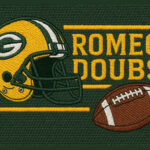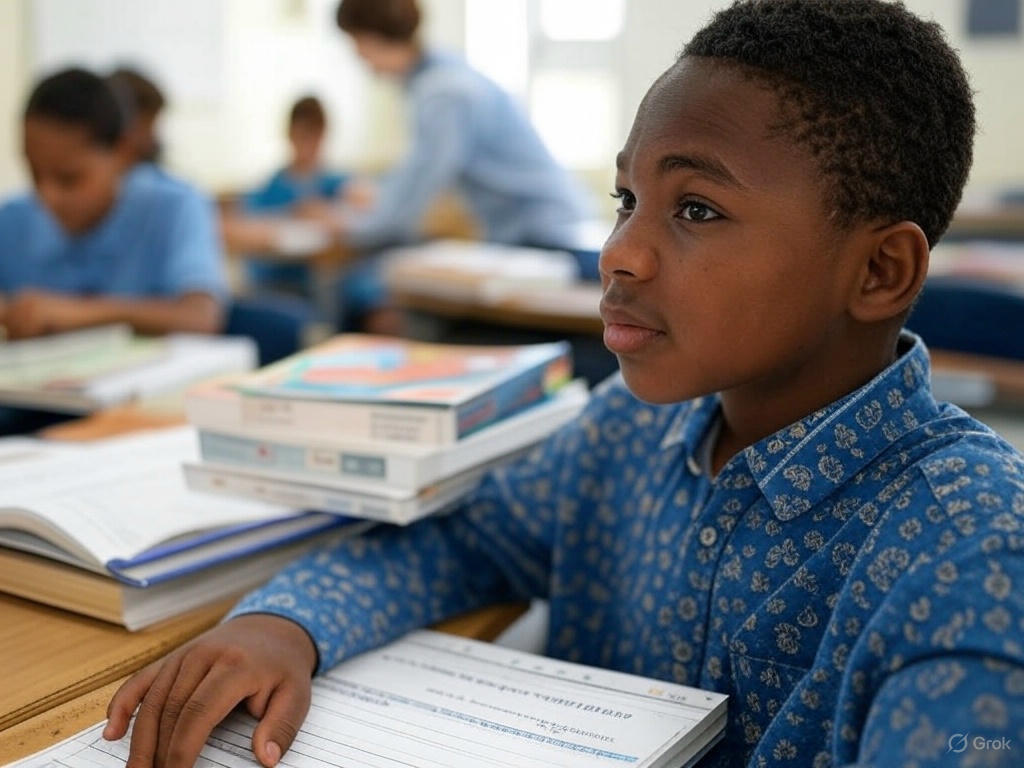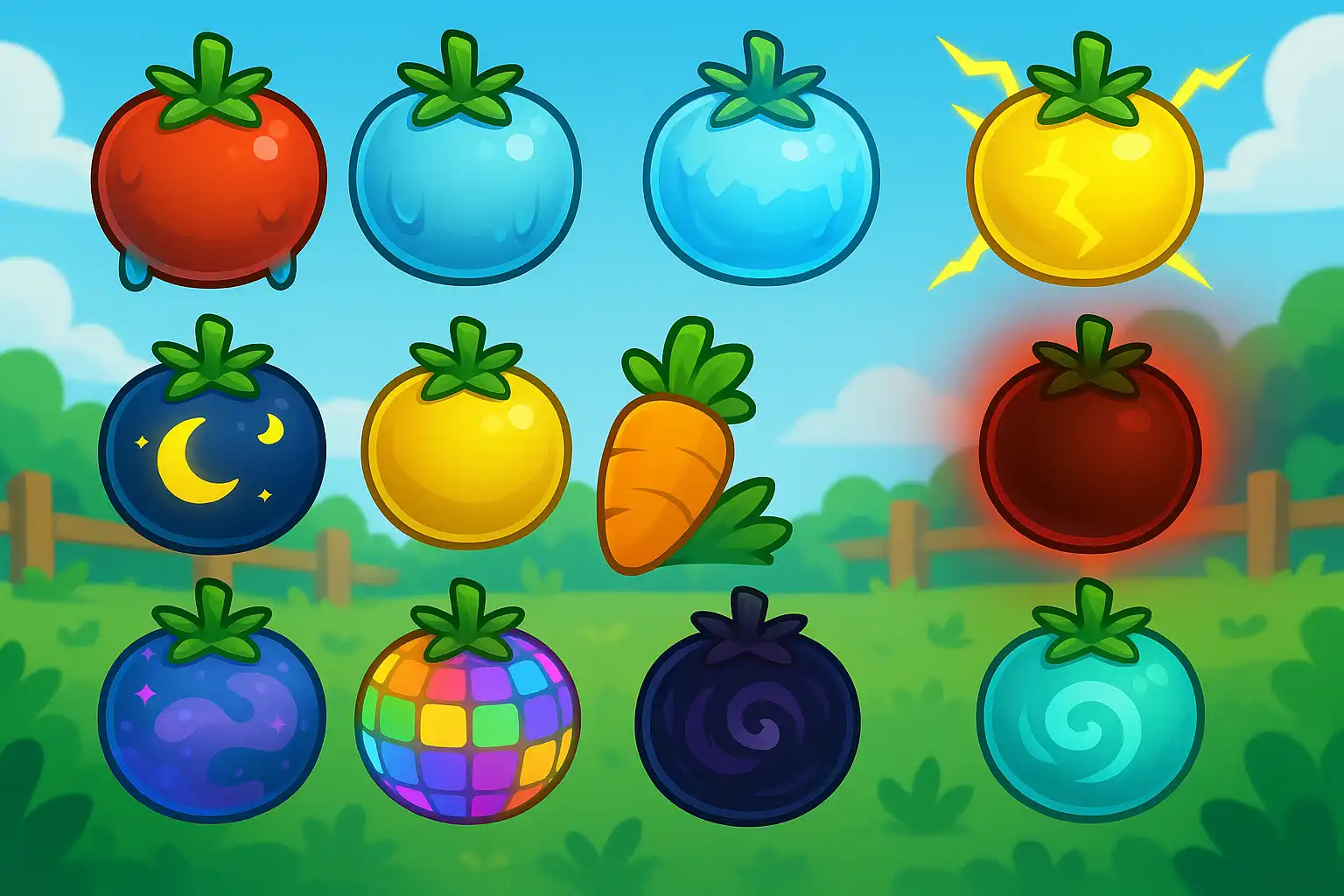
Embroidery has always represented a perfect union of creativity and craftsmanship. Today, technology has taken this ancient art form to new heights through Image Embroidery Digitizing, a process that converts digital images into beautiful embroidered designs. Whether it’s a personal portrait, a pet photo, a scenic landscape, or a company emblem, this method captures the essence of the image and recreates it using thread and texture.
This modern embroidery technique blends artistry and precision, ensuring that every image — no matter how detailed — is translated with clarity, depth, and durability. For anyone who wants to transform visuals into wearable or decorative art, professional image digitizing is the foundation that makes it possible.
What Is Image Embroidery Digitizing?

Image Embroidery Digitizing is the process of converting a digital image, such as a JPEG or PNG, into a format that an embroidery machine can read and stitch. The process involves using advanced software to map out the stitches, colors, and textures that will bring the image to life on fabric.
Unlike standard logo or text digitizing, image digitizing involves interpreting complex details like gradients, shadows, and textures. It’s not just a conversion — it’s a digital re-creation of the image in thread form. The digitizer analyzes the picture, separates colors, and assigns stitch types and directions to mimic the light, shade, and depth seen in the original image.
When done professionally, the result is stunning. The embroidered image closely resembles the original photo while maintaining the durability and elegance unique to embroidery.
The Role of Technology and Skill
While software plays an essential role in image digitizing, human expertise is what ensures perfection. A skilled digitizer understands how threads behave on different fabrics and how light interacts with them. They know when to use a satin stitch for crisp edges, a fill stitch for solid areas, or blending techniques for smooth gradients.
Each decision in Image Embroidery Digitizing affects the final outcome — from thread color choices to stitch density and underlay structure. These fine adjustments determine whether an embroidered image looks natural or distorted. The digitizer’s experience bridges the gap between digital graphics and textile art, ensuring that machines produce results that look handmade and artistic.
From Pixels to Stitches: How the Process Works
The digitizing journey starts with selecting the right image. High-resolution photos with clear contrast and defined details work best, as they provide a better foundation for color separation and stitching accuracy.
Once the image is selected, the digitizer analyzes it to determine the most effective embroidery approach. Complex gradients or small details are simplified without compromising the overall look. Using digitizing software, the image is redrawn or segmented into zones where specific stitch types are applied.
The design typically starts with underlay stitches, which stabilize the fabric and prevent puckering. Then, top stitches are programmed to form the image, layer by layer. The direction and density of these stitches control shading, light effects, and texture.
After programming, a sample embroidery run is performed to ensure color accuracy, alignment, and clarity. Any necessary refinements are made before finalizing the file in a compatible machine format such as DST, PES, EXP, or JEF.
This meticulous process guarantees that every detail — from a subtle highlight to a bold contour — translates beautifully into thread.
Choosing the Right Fabric and Threads
One of the most important considerations in Image Embroidery Digitizing is fabric selection. Each fabric reacts differently under the needle, which affects how the final image appears.
Soft fabrics like cotton or jersey may require lighter stitch density to prevent distortion, while stiffer materials such as denim or canvas can handle more compact stitching. The digitizer must balance these variables to maintain image clarity and ensure the fabric holds its shape during production.
Thread choice also plays a vital role. The sheen, thickness, and texture of embroidery threads influence how the stitched image reflects light. For example, rayon threads offer a glossy finish that enhances color vibrancy, while polyester threads are more durable and ideal for high-use garments like uniforms and jackets.
By aligning fabric type, thread selection, and stitch pattern, professional digitizers create embroidered images that are both visually appealing and long-lasting.
Why Professional Image Digitizing Matters
Image digitizing is not an automated process — it’s a technical art form. Without professional digitizing, even the most stunning photograph can turn into a distorted or unrecognizable embroidery. Poorly programmed files may have incorrect color transitions, gaps in stitching, or heavy densities that damage fabric.
Professional digitizers understand how to adapt complex images to embroidery constraints while maintaining visual integrity. They ensure the machine reads the design efficiently, reducing thread breaks, trimming issues, and production delays.
For businesses, professional digitizing translates directly into brand value — sharp, consistent embroidery on promotional apparel reflects attention to detail and quality. For individuals, it means cherished photos and designs that retain their beauty in every stitch.
Applications of Image Embroidery Digitizing
The versatility of image embroidery makes it valuable across many industries. Personalized gifts such as photo cushions, framed portraits, and embroidered pet images have become popular for their sentimental appeal.
In corporate branding, businesses use digitized images to produce promotional wear and accessories with photographic precision. In the fashion world, designers employ image digitizing to recreate artistic graphics or prints on fabric, blending couture aesthetics with modern technology.
The entertainment and sports industries also rely on Image Embroidery Digitizing for detailed logos and character designs on jackets, jerseys, and merchandise. Even interior decorators use embroidered imagery to add texture and elegance to furnishings and décor items.
Across all these applications, precision digitizing ensures that every stitch contributes to a cohesive, lifelike design.
Challenges in Image Embroidery Digitizing
Converting images into embroidery is a complex task. One of the biggest challenges is translating the color depth of an image into a limited thread palette. Digital images can contain thousands of color tones, while embroidery threads come in far fewer shades.
Digitizers overcome this limitation through color blending — layering threads in specific directions to create gradient effects. Another challenge is scaling. A small embroidered photo on a cap requires a different approach than a large one on a jacket back. Professional digitizing ensures proportional adjustments that retain detail without crowding or oversimplification.
Fabric stretch, hoop tension, and machine calibration also play a part. Skilled digitizers anticipate these variables to maintain image accuracy and alignment during production.
The Art and Value of Precision
At its core, Image Embroidery Digitizing is a form of digital artistry. It transforms static photos into dynamic, tactile expressions of memory, identity, or brand. The process may involve advanced software and machines, but what defines its success is human expertise — the ability to interpret an image in thread.
Every design becomes a blend of mathematics and creativity, where pixel grids meet stitch patterns, and digital vision becomes textured reality. In the hands of professionals, embroidery transcends decoration — it becomes a form of storytelling, one stitch at a time.
Conclusion
Image Embroidery Digitizing bridges imagination and innovation. It allows digital images to be reborn through thread, turning ordinary pictures into extraordinary embroidered art. From personal memories to professional branding, it combines precision, texture, and permanence in a way no print can replicate.
This process proves that embroidery is more than a craft — it’s a modern design language that connects technology with emotion. Every embroidered image is a masterpiece of both engineering and artistry, preserving moments, brands, and ideas in stitches that will last for years to come.














